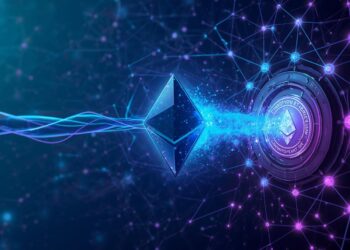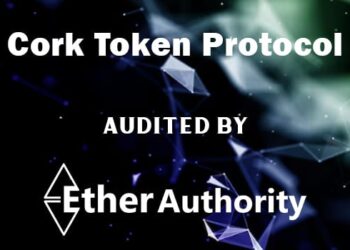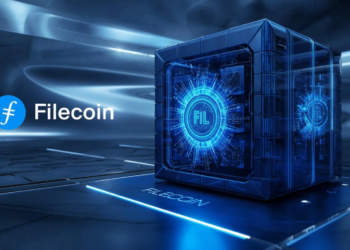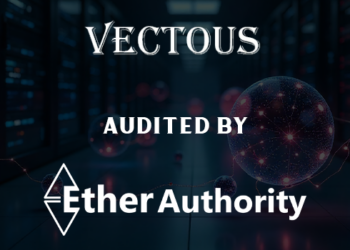RoRa Energex RXOGC Token: A Comprehensive Smart Contract Audit Overview
With blockchain technology advancing swiftly, ensuring the security and reliability of smart contracts is paramount. One such initiative is the RoRa Energex RXOGC Token, an ERC-20 token designed to provide a level of security comparable to that of a banknote, backed by tangible assets like vaulted emeralds. To ensure its robustness, a comprehensive security audit was conducted by EtherAuthority, a renowned blockchain security firm.
Project Background
The RoRa Energex RXOGC Token aims to bridge the gap between traditional assets and digital currencies. By pegging its value to tangible assets, it seeks to offer investors a stable and secure cryptocurrency option. The token operates on the Ethereum blockchain, utilizing Solidity for its smart contract development.
Audit Methodology
EtherAuthority employed a dual approach for the audit: manual code review complemented by automated tools such as Slither, Solhint, and Remix IDE. This comprehensive methodology ensured a thorough examination of the smart contract’s codebase, identifying potential vulnerabilities and areas for improvement.
Key Findings
The audit revealed a total of 1 high-severity issue and several low to very low-level concerns. Notably, the high-severity issue pertained to the admin’s ability to burn tokens from any address, which could pose risks if the admin’s private key were compromised. The RoRa team acknowledged this concern and clarified that only the Mint Role, a separate and secured wallet, possesses the authority to perform such actions, and its usage requires board authorization.
Other findings included:
- Missing SPDX License Identifier: The contract lacked an SPDX license identifier, which was recommended for inclusion to enhance transparency and compliance.
- Immutable Variables: While the maxTotalSupply variable was set in the constructor and remained unchanged, it was suggested to declare all such variables as immutable for clarity and best practices.
- Multiple Pragma Statements: The code contained multiple pragma statements with different Solidity versions, which could lead to compatibility issues. It was advised to standardize on a single pragma version.
Centralization Concerns
A significant observation was the presence of owner-controlled functions within the smart contract, such as pause, unpause, mint, burn, and role management functions. While these features provide administrative control, they also introduce centralization risks. The audit recommended that the RoRa team consider renouncing ownership after the contract’s deployment to mitigate potential vulnerabilities associated with centralized control.
Conclusion
The RoRa Energex RXOGC Token’s smart contract underwent a rigorous security audit, identifying critical areas for enhancement. The RoRa team’s proactive approach in addressing these concerns demonstrates their commitment to ensuring the token’s security and reliability. However, potential investors and users are advised to conduct their due diligence and remain informed about any future updates or changes to the smart contract’s structure.
For more detailed information, you can access the full audit report here: RoRa Energex RXOGC Token Smart Contracts Security Audit Report.
In the race against threats, delay is defeat. Act now—visit EtherAuthority or reach out at contact@etherauthority.io
Discover more: Twitter | Website | GitHub | Telegram | Facebook | YouTube | Fiverr

























